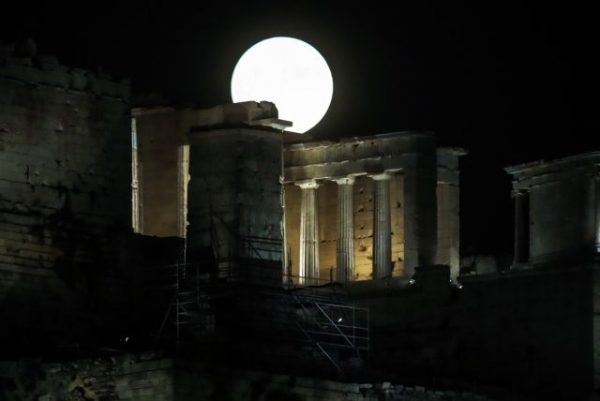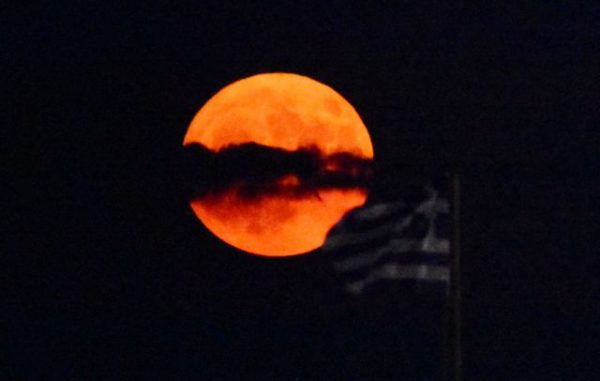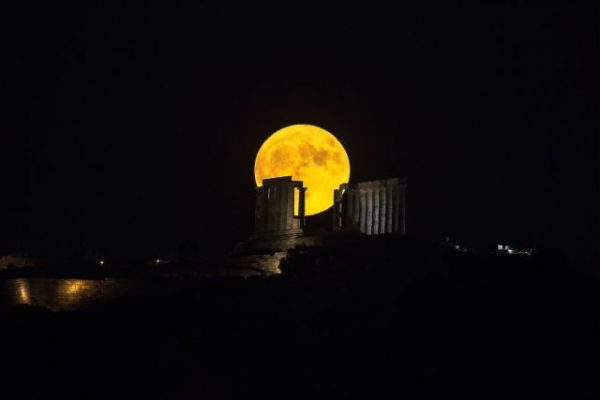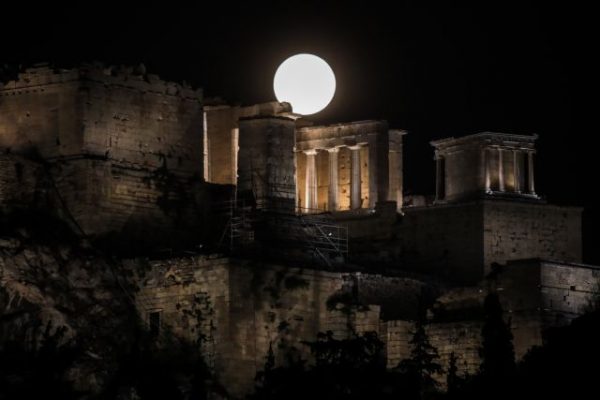Filenews 30 August 2023
With a spectacular celestial phenomenon we will say goodbye to August, as on Wednesday the largest and brightest full moon of 2023, the famous "blue supermoon", will make its appearance. The moon, however, will not be blue but orange.
We got a first taste of the unique images of the supermoon at the beginning of the month, but the "blue moon" of August 30-31 promises even more impressive moments.
The Blue Moons
There are two types of blue moon, as Live Science explains. August's blue supermoon belongs to the first category ("calendar blue moon"), where we have two full moons in the same month. This happens roughly every two or three years as a new full moon rises every 29.5 days. The next blue moon will be seen on May 31, 2026, according to the website timeanddate.

The second type of blue moon, called the "seasonal blue moon," describes the third full moon out of four during an astronomical period. This happens when a calendar year has 13 full moons instead of 12. The next seasonal blue moon, which also happens every two or three years, will rise on August 19, 2024.

A "supermoon" occurs when the Moon is at its closest point in its orbit around the Earth. The moon's orbit around Earth is elliptical, so each month it reaches a closer point (perigee) and a more distant point (apogee). The moon that is at perigee, or within 90 percent of perigee in a given month, is called a supermoon, according to Fred Espenak, an astronomer and former NASA eclipse computer.
August's second full moon is the third and closest of 2023's four supermoons. At a distance of 357,344 kilometers from Earth, it will be the largest and brightest supermoon of 2023.

The next full moon, the "Harvest Moon" as it is known, will rise on September 29. In addition to being one of the most famous full moons of the year, it is also the last supermoon of 2023.

